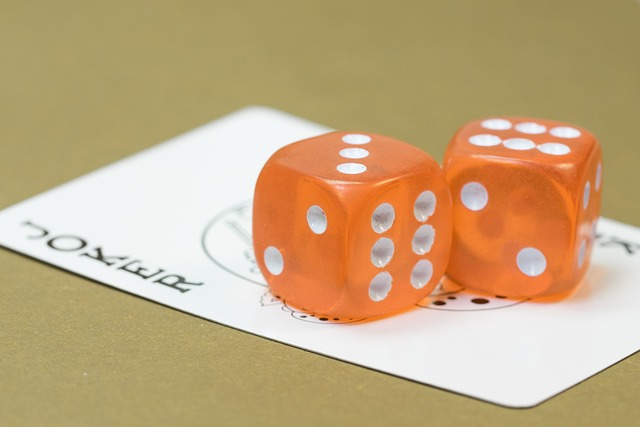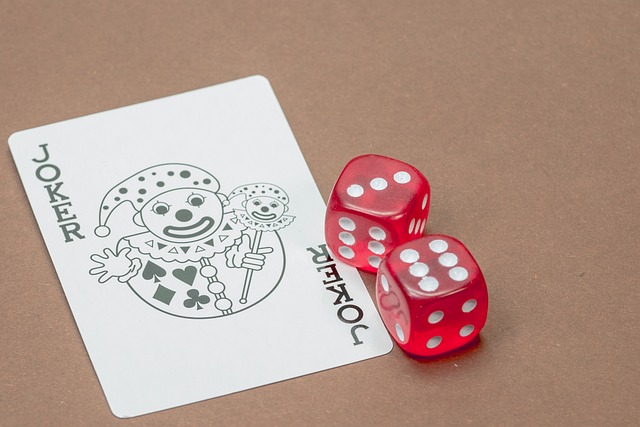Starting hands according to position in Poker

The position you have is very important in determining the types of hands you can play before the flop. While the large pairs (A-A, K-K, Q-q) have a certain impact and can be played similarly independently of position (they have the highest winning percentage before the board and still have important chances of representing the best hand once. What flop is revealed), other hands have very different characteristics.
Let us use the power of the example to illustrate better why certain hands can be played from position and others do not. Suppose you received 9 rhombus – 8 rhombus, a book with potential, but still considered to be marginal in relation to large pairs. If you are in the beginning position, what should you do? This is the kind of hand, which, in all likelihood, will not have much chance of surviving on the flop. If it does not connect with the first three books lowered by the dealer, the hand will often be folded to any bet of the opponent. But, if you are lucky, with this hand you can pull in color or even a chin, turning into a valuable book. The major problem raised by such books without a concrete and immediate value is that they can only be used if to see the flop the costs are reduced. Thus, if you are among the first to act pre-flop, in the long term it will prove extremely expensive to try to have access to common books with such a start card. For the simple reason that there are a number of opponents who make decisions after you and who, most of the time, will call on the Raise version. As such, you will have lost the sheets already put to the beating or you will have to invest in addition to a marginal hand, which is not wise for your stack.
In other words, this type of hand is played best from the late position, when you are aware. You see the opponents as they acted and if they have been limited only to Limp or a minimum raise, you can try to enter (or even steal it, with a Four Bet). You are sure that after you there are little chance of coming up with a re-raise, so you know exactly how much you have to invest to see the flop. In the first case, when you were acting among the first, you had no certainty that another opponent would not increase considerably, making extremely expensive and unprofitable the possibility of having access to the first three common books.

Even the best poker players can find certain hands very difficult to play from the early position; We are talking about small connectors of the same color or small pairs. When you are not in pre-flop position, everything is very complicated, because you have no idea what your opponents could do or how many will be involved in Pot and what price. If you decide to give a marginal hand, and an opponent raises the stake, you can be sure that his hand is stronger than yours; Unless you “hit” the flop, in the other cases you will be in the back and you will have to give up your hand. This does everything very expensive, and in the long term you will see how the sheets in front of you decrease with a dizzying speed.
Above you have a table of starting hands depending on the position you are at the game table. He is valid for Loose players, who have a greater rank of hands played; To evolve with a hand-starting hand you need to have excellent skills for post-flop play.
Tight players tend to evolve with a much narrower palette of books outside the position, using only medium and large pairs or large books (faces) connected or the same color. Our advice is to reduce your starting hand range as possible when you are out of position, so as not to expose you a lot and keep chances to be in front of the flop (see the table below).


